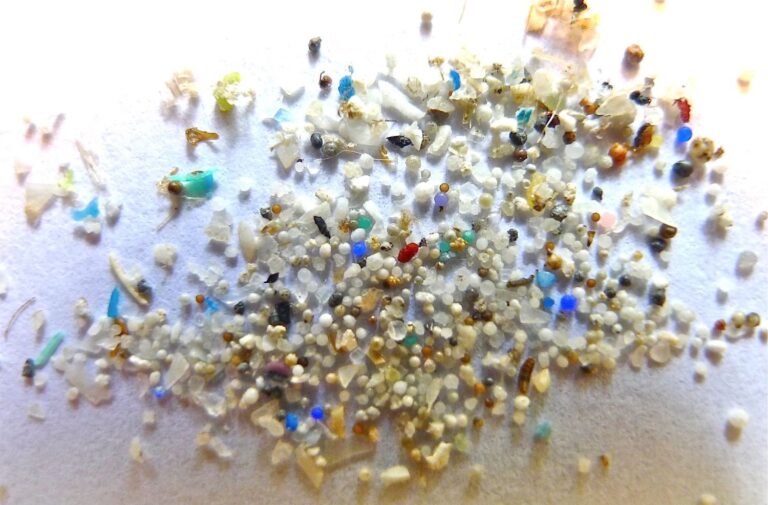
In recent years, concerns have risen about the health impacts of exposure to aqueous film-forming foam (AFFF), a firefighting foam widely used by military and civilian firefighting services. AFFF contains per- and polyfluoroalkyl substances (PFAS), which have been linked to several health problems due to their persistence in the environment and the human body. If you suspect you've been exposed to AFFF, it's crucial to recognize the symptoms and understand your rights and options.
Aqueous Film-Forming Foam (AFFF) is a firefighting foam specifically designed to suppress fires involving flammable liquids, such as petrol, oil, and aviation fuels. It is most effective in situations where a rapid and efficient response is required to prevent the spread of fire and minimize damage.
AFFF operates by creating a barrier between the fuel and the air. It combines water, foam concentrate, and air to produce a foam that spreads over the surface of flammable liquids. This foam forms a thin, water-based film that smothers the fire by cutting off its oxygen supply, effectively extinguishing the fire and preventing re-ignition.
AFFF is primarily used in scenarios with a high risk of flammable liquid fires, including:
The health risks associated with Aqueous Film-Forming Foam (AFFF), primarily due to its content of per- and polyfluoroalkyl substances (PFAS), are a growing concern. PFAS are a group of man-made chemicals that have been widely used in various industries for their resistance to water, oil, and temperature. However, the persistence of these chemicals in the environment and the human body has led to potential long-term health risks. Below, we delve deeper into the specific health risks associated with AFFF exposure.
Research has shown a possible link between PFAS exposure and an increased risk of certain types of cancer. The most concerning associations have been observed with kidney cancer and testicular cancer. Studies suggest that PFAS can interfere with normal cell growth and division, potentially leading to the development of cancerous cells.
PFAS exposure has been linked to several adverse effects on the immune system. These include a reduced ability to produce antibodies in response to vaccines, making individuals more susceptible to infections. Additionally, PFAS can alter immune system regulation, potentially leading to autoimmune diseases.
Thyroid disease is another significant concern associated with PFAS exposure. PFAS can disrupt the normal functioning of the thyroid gland, leading to conditions such as hypothyroidism. The thyroid gland plays a crucial role in regulating metabolism, and its disruption can have widespread effects on the body.
Exposure to PFAS during pregnancy can lead to developmental issues in infants and children. This includes low birth weight, delayed growth, and developmental milestones, as well as behavioral changes. PFAS can cross the placental barrier, affecting the developing fetus directly.
PFAS exposure has been associated with various reproductive issues, including reduced fertility in both men and women. Women may experience changes in menstrual cycles, and there is an increased risk of pregnancy-induced hypertension and preeclampsia. For men, there may be a decrease in sperm quality and count.
Liver damage is a potential health risk of PFAS exposure. PFAS can accumulate in the liver, leading to changes in liver enzymes and indicators of liver damage. This accumulation can interfere with the liver's ability to function properly, affecting metabolism and the detoxification of other substances.
An increase in cholesterol levels has been observed in individuals exposed to PFAS. High levels of cholesterol are a risk factor for heart disease. PFAS exposure can lead to increases in both total cholesterol and LDL ("bad") cholesterol, contributing to the development of cardiovascular disease.
The health risks associated with PFAS, a key component of AFFF, can manifest in various ways, depending on the level and duration of exposure. Here are some of the symptoms and conditions linked to PFAS exposure:
If you suspect you've been exposed to AFFF or PFAS, it's crucial to consult with a healthcare provider. They can recommend specific tests to monitor for health effects related to PFAS exposure. Preventive measures include avoiding known sources of PFAS and using water filtration systems that can reduce PFAS levels in drinking water.
Understanding the broad range of symptoms associated with PFAS exposure from AFFF and other sources is vital for early detection and intervention, which can help mitigate the health impacts of these substances.

People at high risk of AFFF (Aqueous Film-Forming Foam) exposure are primarily those who have had direct contact with the foam or have been in environments where AFFF has been used extensively. AFFF contains PFAS (Per- and Polyfluoroalkyl Substances), which are chemicals linked to various health issues, including cancer, immune system effects, and hormonal disruptions. The following groups are considered at higher risk of AFFF exposure:
Workers in Facilities Using Flammable Liquids: Industries that handle large volumes of flammable liquids (e.g., petrochemical, oil refining, and storage facilities) may use AFFF for fire protection and suppression, posing a risk to workers.
If you belong to one of these high-risk groups, taking certain precautions can help minimize your exposure to PFAS:
Understanding and acknowledging the risks of AFFF exposure is crucial for individuals in high-risk groups. Taking proactive steps to minimize exposure and advocating for safer alternatives can help protect health and well-being.
Victims of AFFF (Aqueous Film-Forming Foam) exposure, often containing harmful PFAS (Per- and Polyfluoroalkyl Substances), may face significant health risks and financial burdens. Legal assistance can play a crucial role in seeking compensation and justice for those affected. Here's an overview of how legal assistance can help victims of AFFF exposure and what steps can be taken:
Victims of AFFF exposure may have the right to seek compensation for various damages, including:
Legal assistance can be invaluable for victims of AFFF exposure, providing the expertise and resources needed to navigate the legal system and advocate for compensation. If you or someone you know has been exposed to AFFF, seeking legal counsel as soon as possible is crucial to protect your rights and explore your options for seeking justice. Contact us today.











